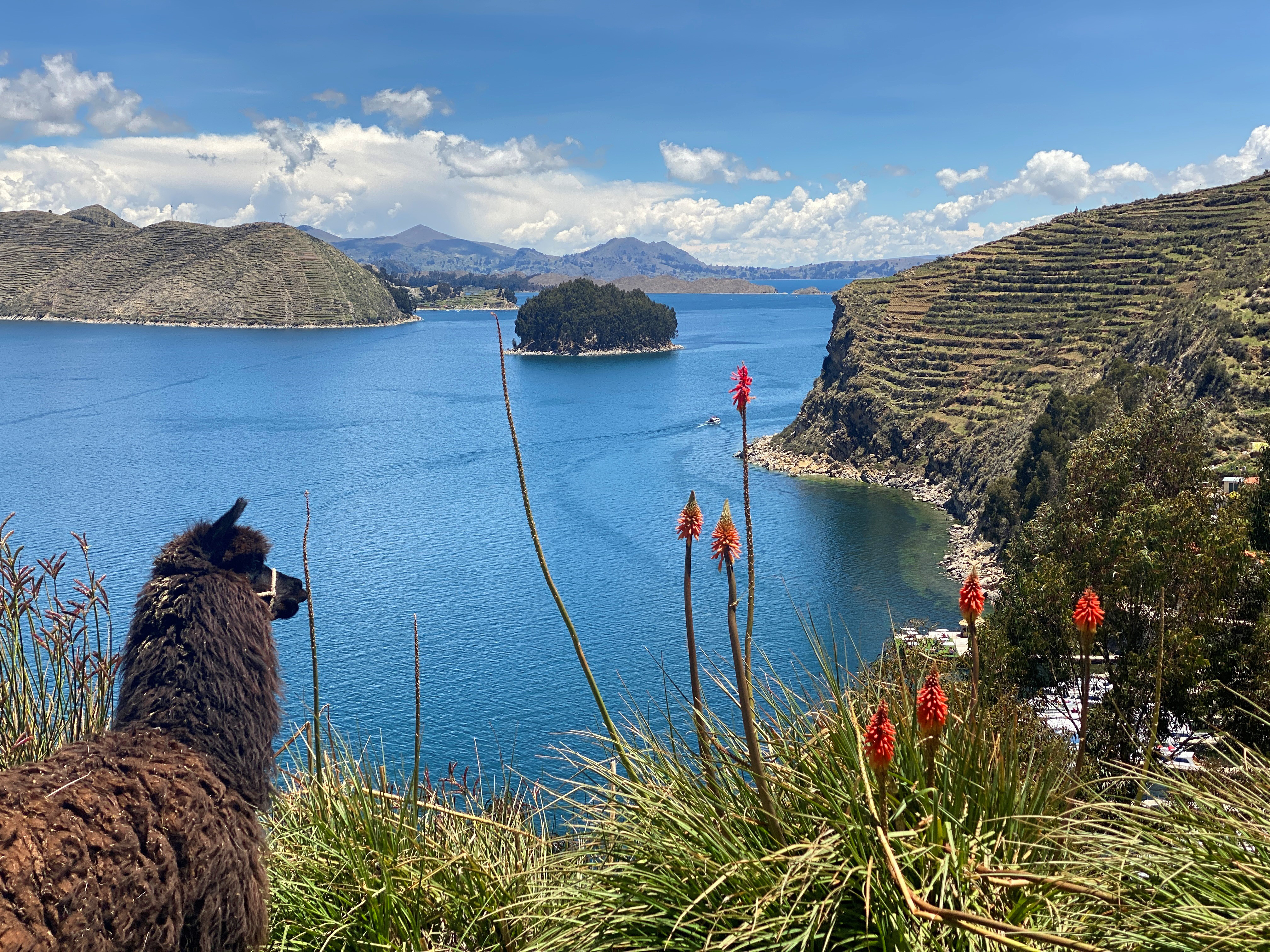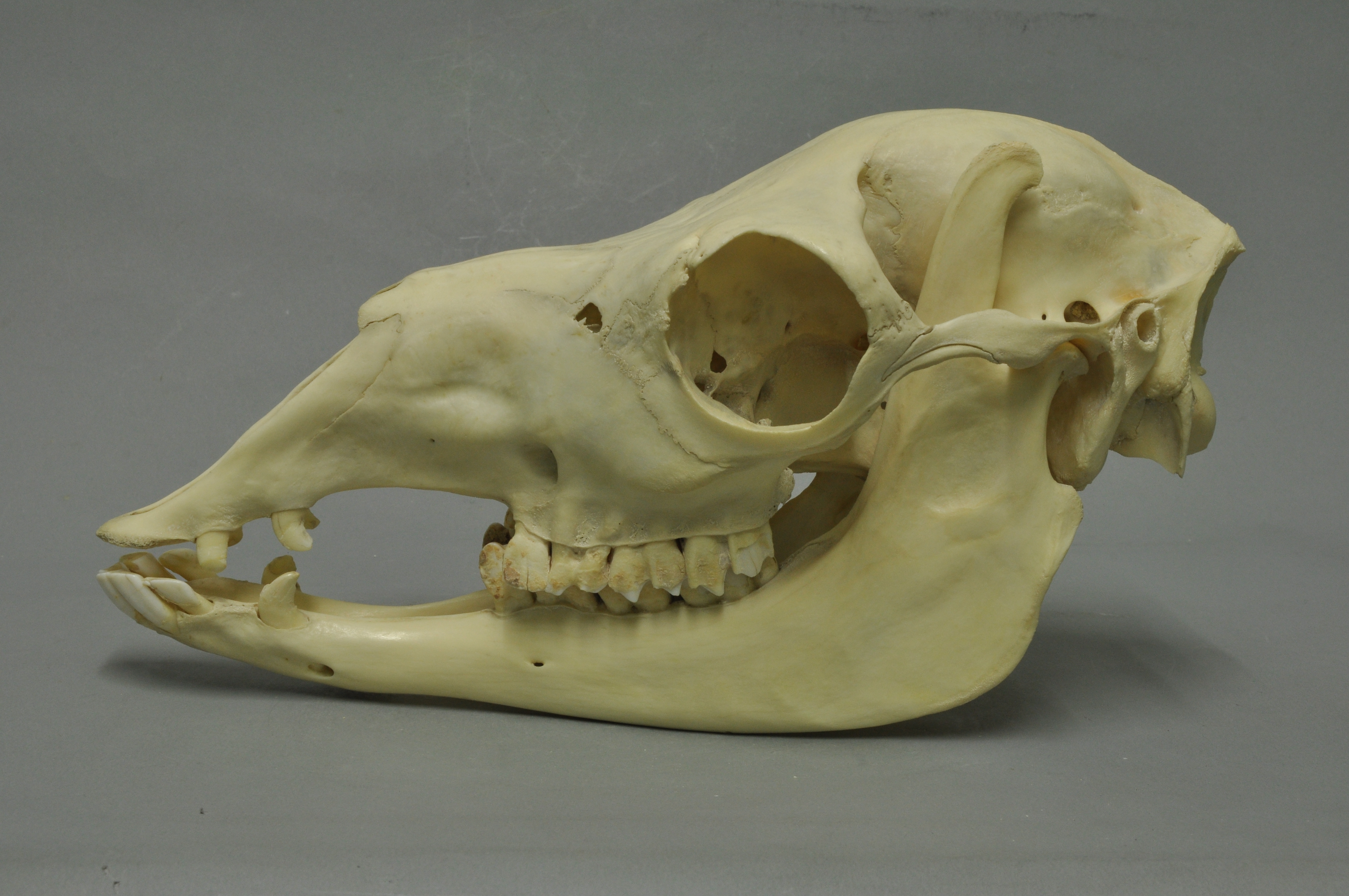 |
Cria
A ''cria'' (pronounced ) is a juvenile llama, alpaca, vicuña, or guanaco. Etymology The term comes from the Spanish word , meaning "baby". Its false cognate in English, ''crya'' (pronounced ), was coined by British sailors who explored Chile in the 18th century and were quick to describe the camelids onomatopoeically according to the ''mwa'' sound they made, which was not unlike that of a human crying baby. Alpaca crias In alpaca The alpaca (''Lama pacos'') is a species of South American camelid mammal. Traditionally, alpacas were kept in herds that grazed on the level heights of the Andes of Southern Peru, Western Bolivia, Ecuador, and Northern Chile. More recentl ...s, pregnancies last 11 to 12 months, and usually result in a single cria. Twins are rare, approximately , slightly rarer than the proportion of twins in human births. Twin cria births are not only rare, but dangerous. Llama crias Llama crias are typically born with the whole herd gathering around ( ... [...More Info...] [...Related Items...] OR: [Wikipedia] [Google] [Baidu] [Amazon] |
 |
Llama
The llama (; or ) (''Lama glama'') is a domesticated South American camelid, widely used as a List of meat animals, meat and pack animal by Inca empire, Andean cultures since the pre-Columbian era. Llamas are social animals and live with others as a herd. Their wool is soft and contains only a small amount of lanolin. Llamas can learn simple tasks after a few repetitions. When using a pack, they can carry about 25 to 30% of their body weight for 8 to 13 kilometre, km (5–8 miles). The name ''llama'' (also historically spelled "lama" or "glama") was adopted by European colonization of the Americas, European settlers from Indigenous people in Peru, native Peruvians. The ancestors of llamas are thought to have originated on the Great Plains of North America about 40 million years ago and subsequently migrated to South America about three million years ago during the Great American Interchange. By the end of the last Quaternary glaciation, ice age (10,000–12,000 years ago) ... [...More Info...] [...Related Items...] OR: [Wikipedia] [Google] [Baidu] [Amazon] |
 |
Alpaca
The alpaca (''Lama pacos'') is a species of South American camelid mammal. Traditionally, alpacas were kept in herds that grazed on the level heights of the Andes of Southern Peru, Western Bolivia, Ecuador, and Northern Chile. More recently, alpacas may be found on farms and ranches worldwide, with thousands of animals born and raised annually. Alpacas are especially popular in North America, Europe, and Australia. There are two modern breeds of alpaca, separated based on their respective region of endemism and fiber (wool) type: the Suri alpaca and the Huacaya alpaca. Both breeds produce a highly valued fiber, with Suri alpaca's fiber growing in straight "locks," while Huacaya fiber has a "crimped," wavy texture and grows in bundles. These breeds' fibers are used for making knitted and woven items, similar to sheep's wool. Alpacas are visually and genetically similar to, and often confused with a relative species, the llamas; however, alpacas are visibly shorter and pr ... [...More Info...] [...Related Items...] OR: [Wikipedia] [Google] [Baidu] [Amazon] |
|
Vicuña
The vicuña (''Lama vicugna'') or vicuna (both , very rarely spelled ''vicugna'', Vicugna, its former genus name) is one of the two wild South American camelids, which live in the high alpine tundra, alpine areas of the Andes; the other camelid is the guanaco, which lives at lower elevations. Vicuñas are relatives of the llama, and are now believed to be the wild ancestor of domesticated alpacas, which are raised for their coats. Vicuñas produce small amounts of extremely fine wool, which is very expensive because the animal can be shorn only every three years and has to be caught from the wild. When knitted together, the product of the vicuña's wool is very soft and warm. The Inca valued vicuñas highly for their wool, and it was against the law for anyone but royalty to wear vicuña garments; today, the vicuña is the national animal of Peru and appears on the Coat of arms of Peru, Peruvian coat of arms. Both under the rule of the Inca and today, vicuñas have been protect ... [...More Info...] [...Related Items...] OR: [Wikipedia] [Google] [Baidu] [Amazon] |
|
 |
Guanaco
The guanaco ( ; ''Lama guanicoe'') is a camelid native to South America, closely related to the llama. Guanacos are one of two wild South American camelids; the other species is the vicuña, which lives at higher elevations. Etymology The guanaco gets its name from the Quechua word ''wanaku''. Young guanacos are called ''chulengos'' or "guanaquitos". Characteristics Guanacos stand between at the shoulder, body length of , and weigh . Their color varies very little (unlike the domestic llama), ranging from a light brown to dark cinnamon and shading to white underneath. Guanacos have grey faces and small, straight ears. The lifespan of a guanaco can be as long as 28 years. Guanacos are one of the largest terrestrial mammals native to South America today.San Diego Zoo's Animal Bytes Other terrestrial mammalian [...More Info...] [...Related Items...] OR: [Wikipedia] [Google] [Baidu] [Amazon] |
 |
Spanish Language
Spanish () or Castilian () is a Romance languages, Romance language of the Indo-European languages, Indo-European language family that evolved from the Vulgar Latin spoken on the Iberian Peninsula of Europe. Today, it is a world language, global language with 483 million native speakers, mainly in the Americas and Spain, and about 558 million speakers total, including second-language speakers. Spanish is the official language of List of countries where Spanish is an official language, 20 countries, as well as one of the Official languages of the United Nations, six official languages of the United Nations. Spanish is the world's list of languages by number of native speakers, second-most spoken native language after Mandarin Chinese; the world's list of languages by total number of speakers, fourth-most spoken language overall after English language, English, Mandarin Chinese, and Hindustani language, Hindustani (Hindi-Urdu); and the world's most widely spoken Romance language ... [...More Info...] [...Related Items...] OR: [Wikipedia] [Google] [Baidu] [Amazon] |
|
False Cognate
False cognates are pairs of words that seem to be cognates because of similar sounds or spelling and meaning, but have different etymologies; they can be within the same language or from different languages, even within the same family. For example, the English word '' dog'' and the Mbabaram word '' dog'' have exactly the same meaning and very similar pronunciations, but by complete coincidence. Likewise, English '' much'' and Spanish '' mucho'' came by their similar meanings via completely different Proto-Indo-European roots, and same for English '' have'' and Spanish '' haber''. This is different from false friends, which are similar-sounding words with different meanings, and may or may not be cognates. Within a language, if they are spelled the same, they are homographs; if they are pronounced the same, they are homophones. Cross-linguistic or interlingual homographs or homophones sometimes include cognates; non-cognates may more specifically be called homographic or homoph ... [...More Info...] [...Related Items...] OR: [Wikipedia] [Google] [Baidu] [Amazon] |
|
 |
English Language
English is a West Germanic language that developed in early medieval England and has since become a English as a lingua franca, global lingua franca. The namesake of the language is the Angles (tribe), Angles, one of the Germanic peoples that Anglo-Saxon settlement of Britain, migrated to Britain after its End of Roman rule in Britain, Roman occupiers left. English is the list of languages by total number of speakers, most spoken language in the world, primarily due to the global influences of the former British Empire (succeeded by the Commonwealth of Nations) and the United States. English is the list of languages by number of native speakers, third-most spoken native language, after Mandarin Chinese and Spanish language, Spanish; it is also the most widely learned second language in the world, with more second-language speakers than native speakers. English is either the official language or one of the official languages in list of countries and territories where English ... [...More Info...] [...Related Items...] OR: [Wikipedia] [Google] [Baidu] [Amazon] |
|
Chile
Chile, officially the Republic of Chile, is a country in western South America. It is the southernmost country in the world and the closest to Antarctica, stretching along a narrow strip of land between the Andes, Andes Mountains and the Pacific Ocean. Chile had a population of 17.5 million as of the latest census in 2017 and has a territorial area of , sharing borders with Peru to the north, Bolivia to the northeast, Argentina to the east, and the Drake Passage to the south. The country also controls several Pacific islands, including Juan Fernández Islands, Juan Fernández, Isla Salas y Gómez, Desventuradas Islands, Desventuradas, and Easter Island, and claims about of Antarctica as the Chilean Antarctic Territory. The capital and largest city of Chile is Santiago, and the national language is Spanish language, Spanish. Conquest of Chile, Spain conquered and colonized the region in the mid-16th century, replacing Incas in Central Chile, Inca rule; however, they Arauco War ... [...More Info...] [...Related Items...] OR: [Wikipedia] [Google] [Baidu] [Amazon] |
|
|
Onomatopoeia
Onomatopoeia (or rarely echoism) is a type of word, or the process of creating a word, that phonetics, phonetically imitates, resembles, or suggests the sound that it describes. Common onomatopoeias in English include animal noises such as Oink (sound), ''oink'', ''meow'', ''roar'', and ''Bird vocalization, chirp'', among other sounds such as ''Beep (sound), beep'' or ''hiccup''. Onomatopoeia can differ by language: it conforms to some extent to the broader natural language, linguistic system. Hence, the sound of a clock may be expressed variously across languages: as ' in English language, English, in Spanish language, Spanish and Italian language, Italian (see photo), in Standard Chinese, Mandarin, in Japanese language, Japanese, or in Hindi, Urdu, and Bengali language, Bengali. Etymology and terminology The word ''onomatopoeia'', with rarer spelling variants like ''onomatopeia'' and ''onomatopœia'', is an English word from the Ancient Greek language, Ancient Greek com ... [...More Info...] [...Related Items...] OR: [Wikipedia] [Google] [Baidu] [Amazon] |
|
 |
Lama Glama Laguna Colorada 2
Lama () is a title bestowed to a realized practitioner of the Dharma in Tibetan Buddhism. Not all monks are lamas, while nuns and female practitioners can be recognized and entitled as lamas. The Tibetan word ''la-ma'' means "high mother", and reflects the qualities of the person entitled as a lama."lama" from Historically and currently, the term is bestowed on venerated spiritual masters and may be part of a specific lineage title such as the |
 |
University Of Illinois
The University of Illinois Urbana-Champaign (UIUC, U of I, Illinois, or University of Illinois) is a public university, public land-grant university, land-grant research university in the Champaign–Urbana metropolitan area, Illinois, United States. Established in 1867, it is the founding campus and Flagship#Colleges and universities in the United States, flagship institution of the University of Illinois System. With over 59,000 students, the University of Illinois is one of the List of United States public university campuses by enrollment, largest public universities by enrollment in the United States. The university contains 16 schools and colleges and offers more than 150 undergraduate and over 100 graduate programs of study. The university holds 651 buildings on and its annual operating budget in 2016 was over $2 billion. The University of Illinois Urbana-Champaign also operates Research Park at the University of Illinois Urbana-Champaign, a research park home to innova ... [...More Info...] [...Related Items...] OR: [Wikipedia] [Google] [Baidu] [Amazon] |
 |
Pachamama
Pachamama is a goddess revered by the Indigenous peoples of the Andes. In Inca mythology she is an " Earth Mother" type goddess, Dransart, Penny. (1992) "Pachamama: The Inka Earth Mother of the Long Sweeping Garment." ''Dress and Gender: Making and Meaning.'' Ed. Ruth Barnes and Joanne B. Eicher. New York/Oxford: Berg. 145-63. Print. and a fertility goddess who presides over planting and harvesting, embodies the mountains, and causes earthquakes. She is also an ever-present and independent deity who has her own creative power to sustain life on Earth. Her shrines are hallowed rocks, or the boles of legendary trees, and her artists envision her as an adult female bearing harvests of potatoes or coca leaves. The four cosmological Quechua principles – Water, Earth, Sun, and Moon – claim Pachamama as their prime origin. Priests sacrifice offerings of llamas, ''cuy'' ( guinea pigs), and elaborate, miniature, burned garments to her. Pachamama is the mother of Inti the sun go ... [...More Info...] [...Related Items...] OR: [Wikipedia] [Google] [Baidu] [Amazon] |